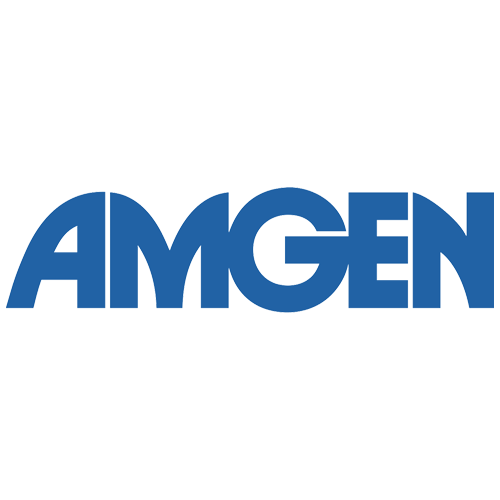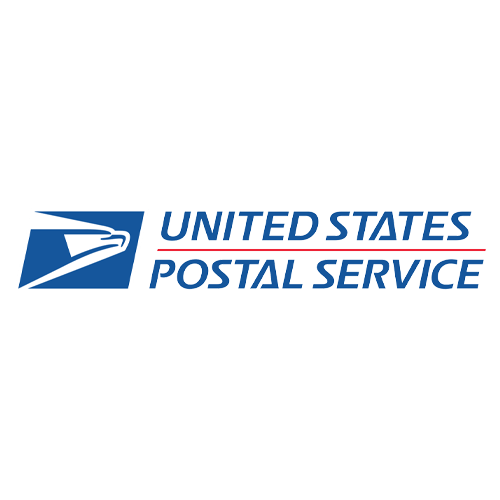Lab Vendor Management Program
OUR CLIENTS

CoNCERT

Harvard University

Pharmasol

Quest Diognostics

Amgen

Abbott

USPS

Test America

Aspenti health

Boston university

Translate bio
What are the Criteria for Selecting a Vendor Manager for Asset Management?
When choosing a vendor manager for laboratory asset management, it's important to consider certain factors that can lead to a successful partnership. Look for a strategic partner who can work with you to develop specifications and workflow plans, recommend vendors, and provide valuable insights. They should have a good understanding of the engineering of the laboratory and the scope of the project. For larger projects like laboratory relocations, the asset manager should manage and monitor all instrumentation used after the move or expansion. They should also have an experienced negotiator who can reduce the cost of services and be available on-site when needed. Choose an asset manager that provides agnostic service and support on all instrumentation, offers expertise in other areas, and has experience in managing multi-vendor operations. It's also beneficial to work with a supplier experienced in logistics, scheduling, planning, procurement, and customer service/support.
What is the Importance of Qualified Vendor Management?
A qualified lab asset manager can assist you in creating specifications and workflow plans and leverage their network to suggest vendors that match your specific requirements. Additionally, partnering with a strategic ally can provide fresh insights into potential opportunities you may have overlooked and challenge any assumptions you may have made to ensure you obtain the maximum value possible.
Juggling is for Circuses.Are you focusing on too many things and not on your science?
How Important is it to Have Someone Onsite or Performing Periodic Walkthroughs?
Having someone on-site or performing periodic walk-throughs is crucial for effective lab asset management. This allows for timely identification of potential issues with equipment, such as malfunction or wear and tear, which can lead to inaccurate results or downtime. It also allows for quick resolution of any problems, minimizing disruption to lab operations. Additionally, having someone on-site can help with inventory management, ensuring that all equipment is properly accounted for, and any missing items are promptly replaced. Overall, on-site personnel or periodic walk-throughs can help ensure that the lab is operating at peak efficiency and that equipment is properly maintained and utilized.
What Role Does Technology Infrastructure Play in Selecting an Asset Manager?
It's essential to leverage technology in your asset management processes. Digital solutions can help you streamline equipment tracking, maintenance scheduling, and usage monitoring, enabling better-informed decision-making for upgrades and capital expenditures. Additionally, digital asset management offers greater accessibility and flexibility, allowing you to access records and utilization data from anywhere, improving communication and collaboration with lab personnel, vendors, and service providers.
With technology, automating routine tasks such as inventory tracking, maintenance scheduling, and reporting, your lab staff can focus on more strategic activities, enhancing productivity and efficiency. Overall, technology plays a critical role in modern laboratory asset management, empowering labs to optimize equipment usage, maintenance, and capital expenditures.
Subscribe To Our Newsletter
We will get back to you as soon as possible.
Please try again later.

